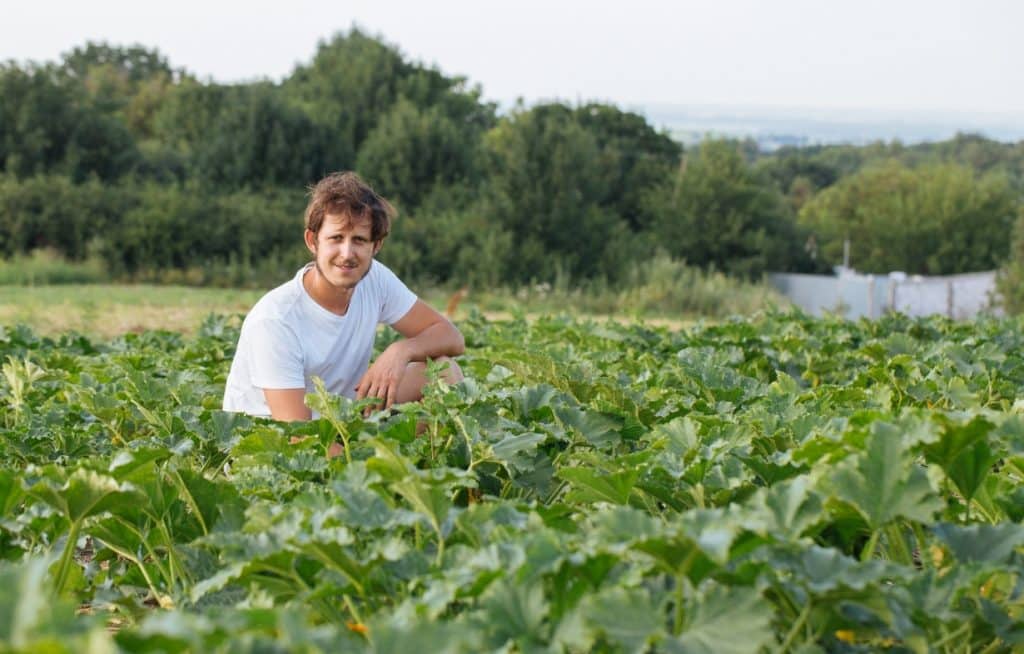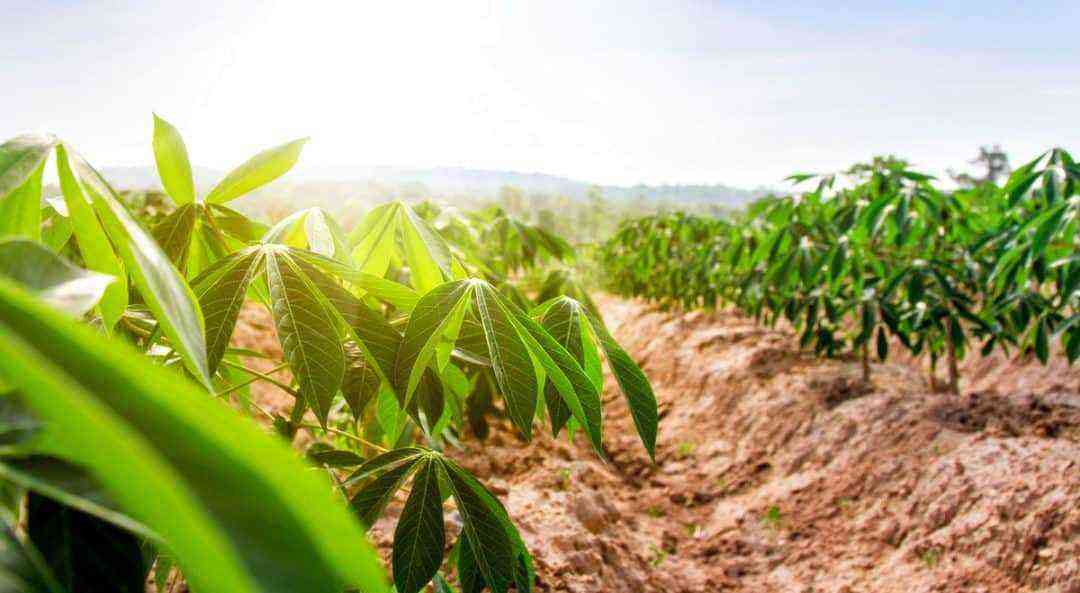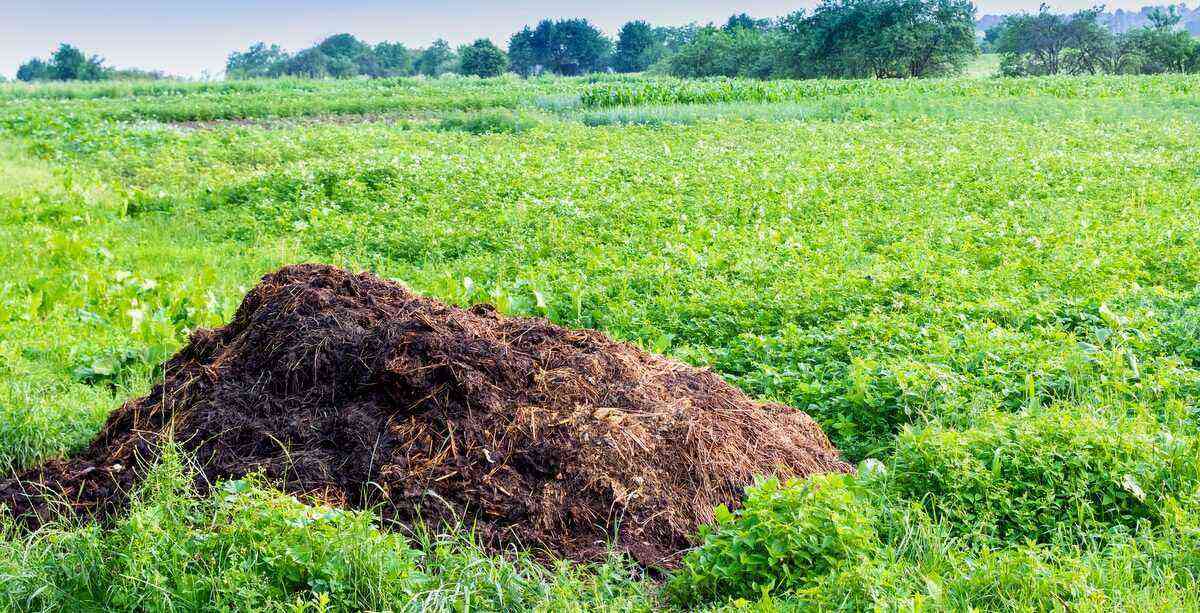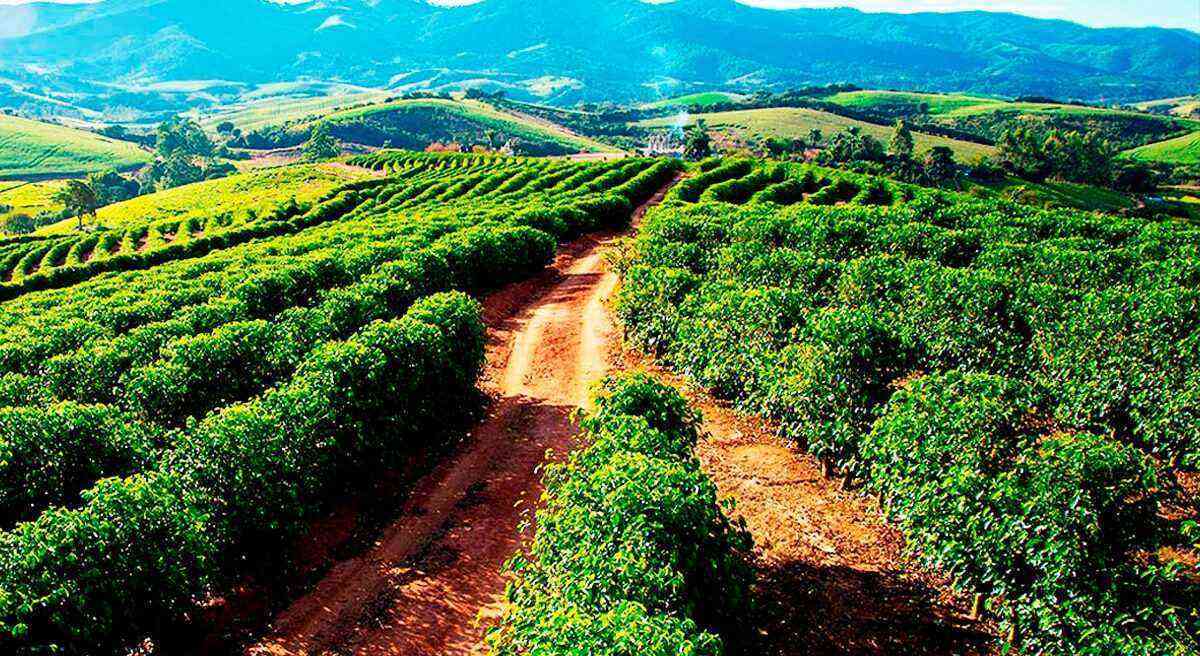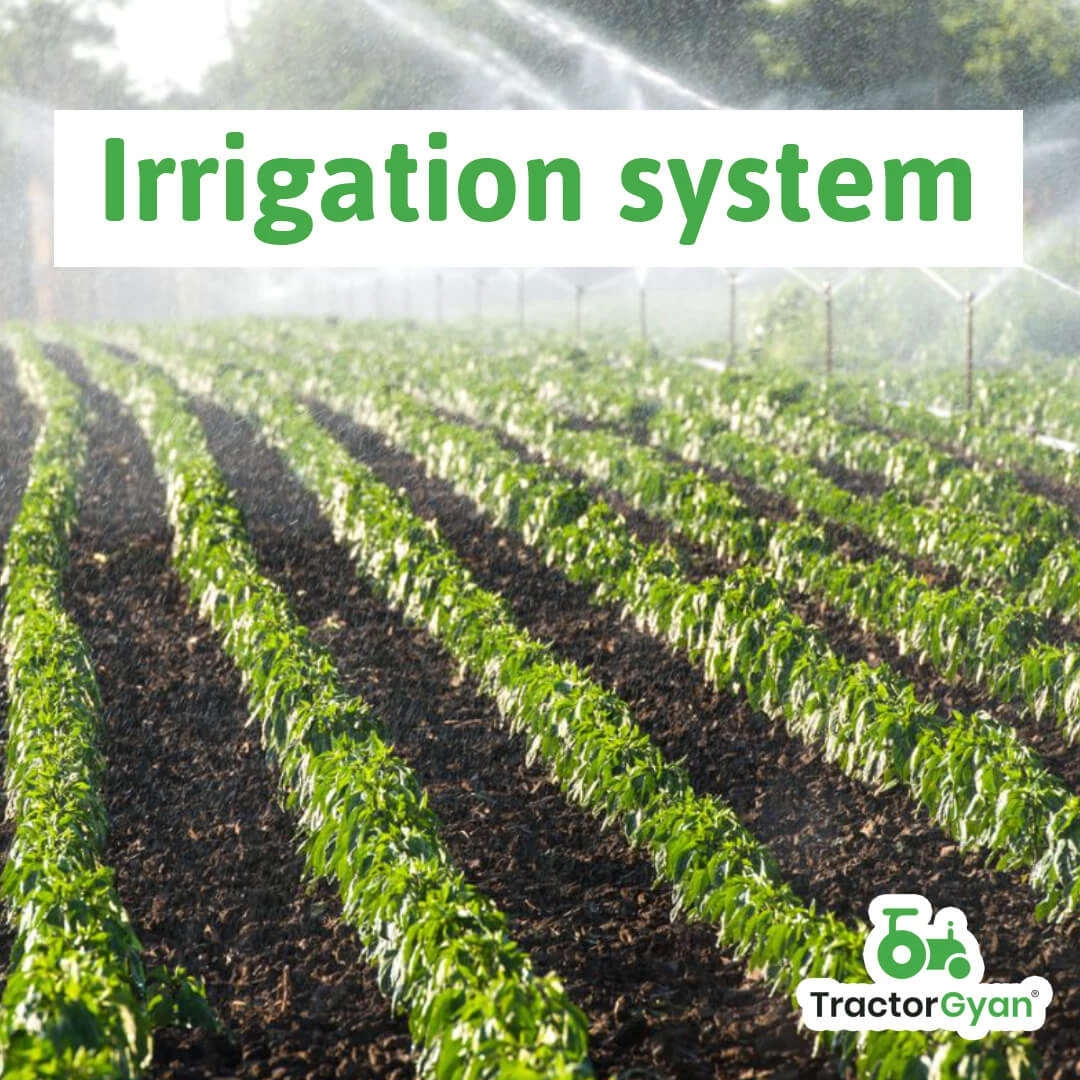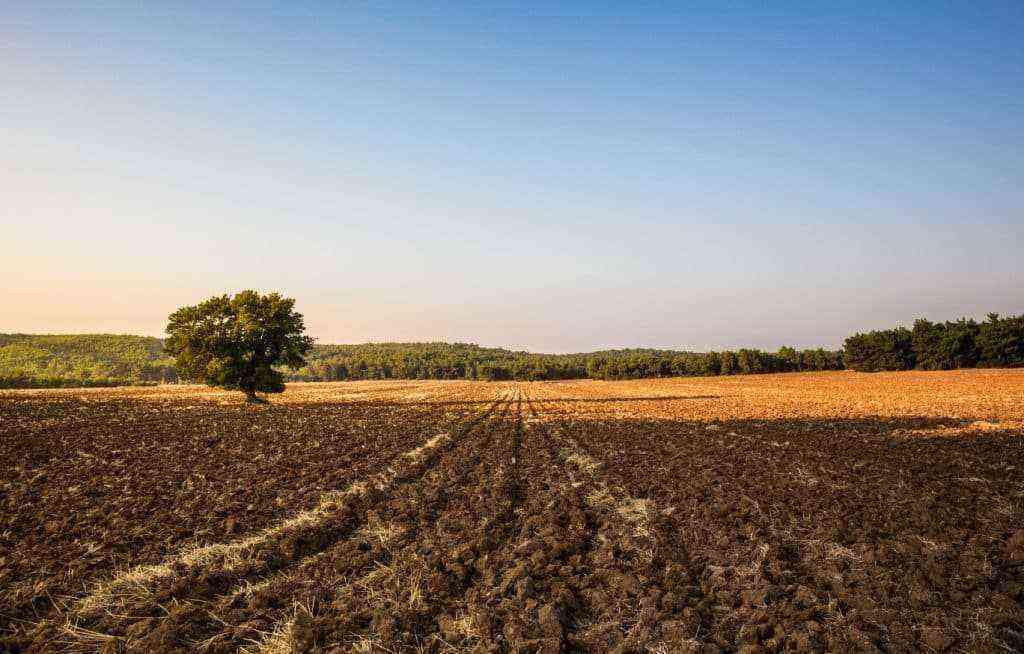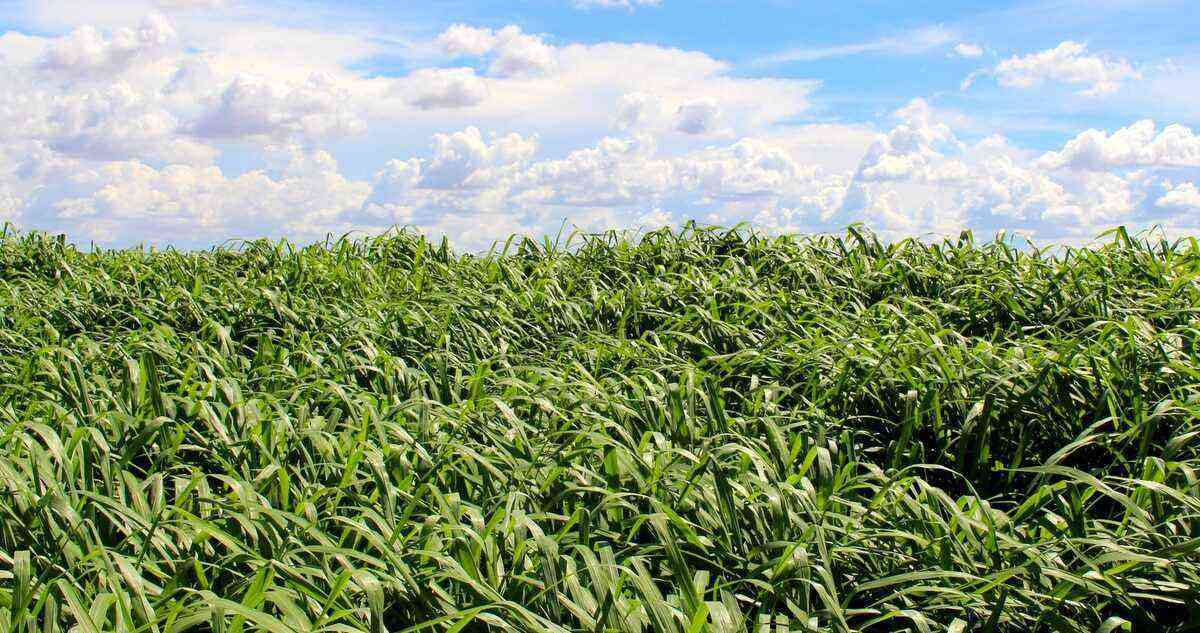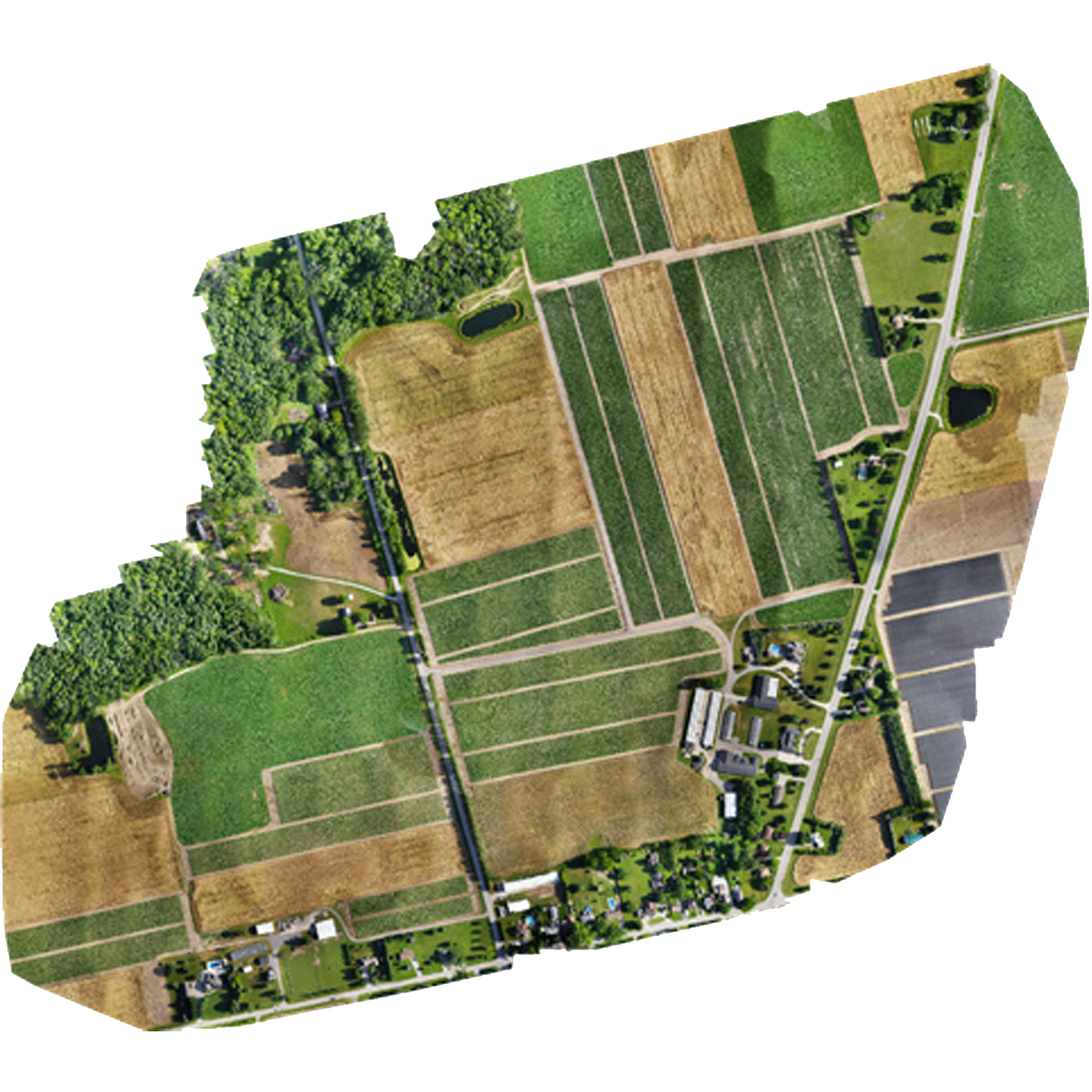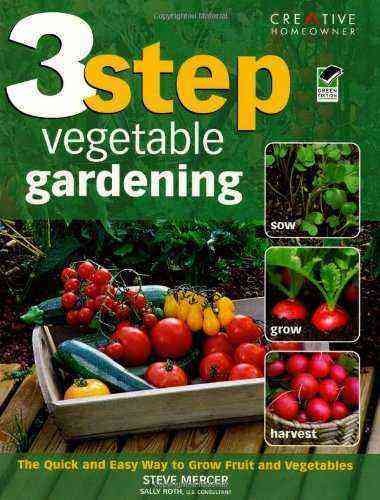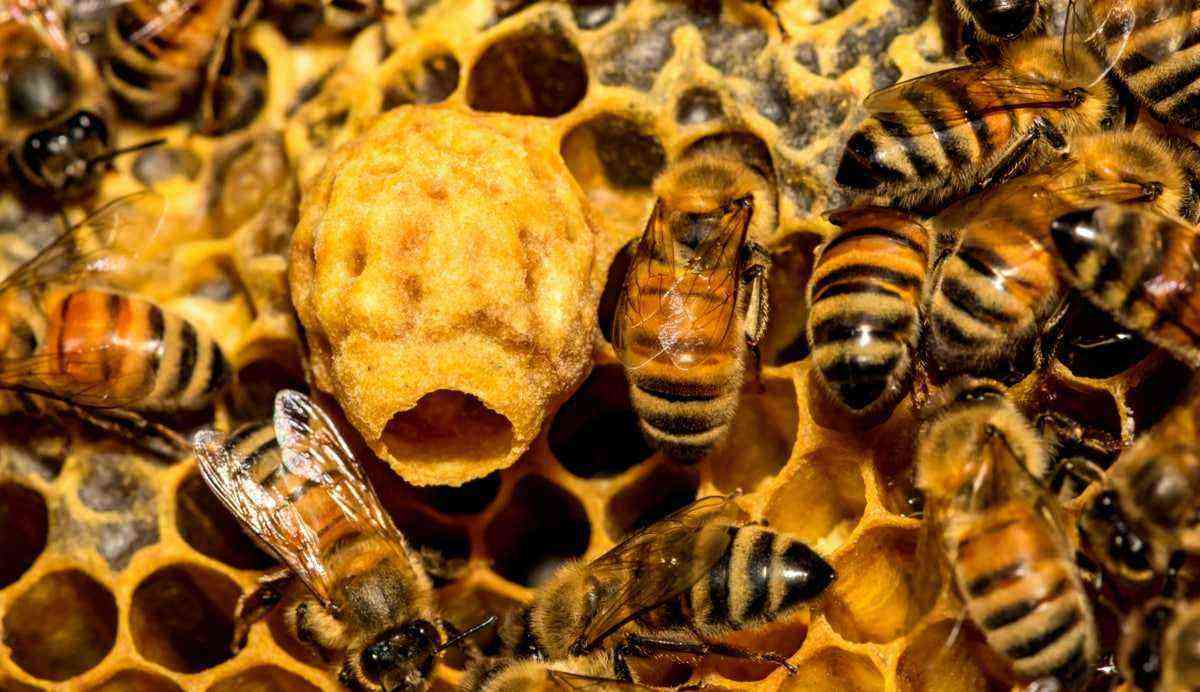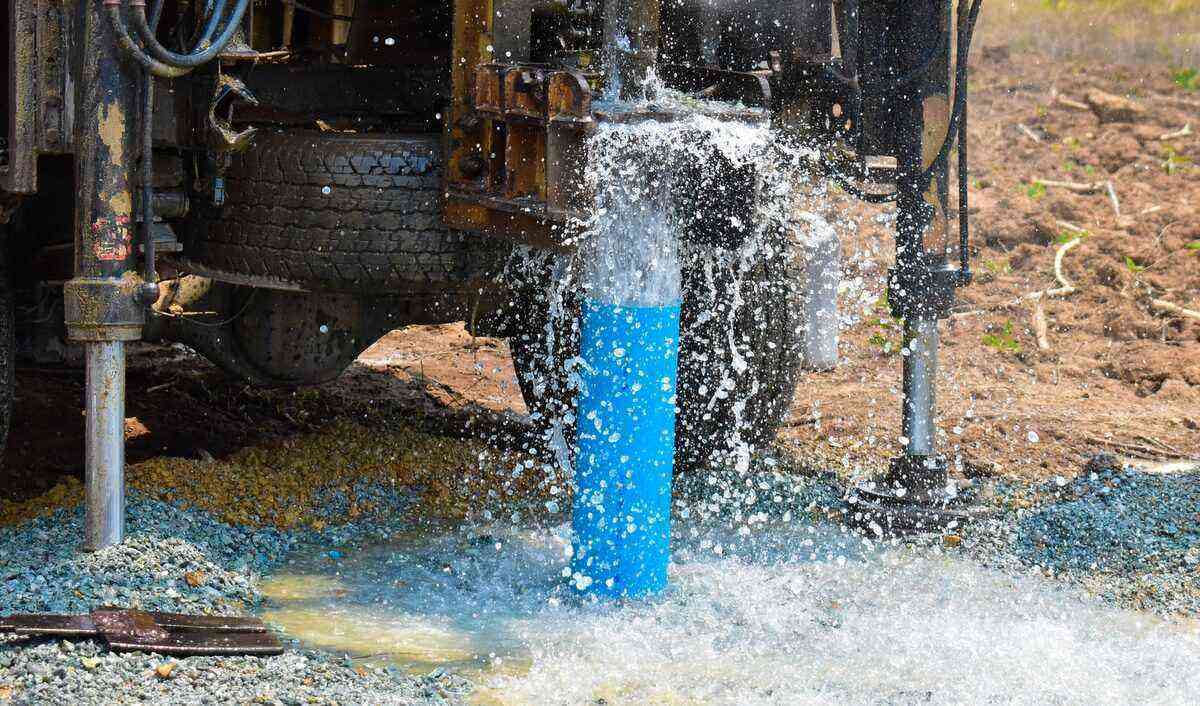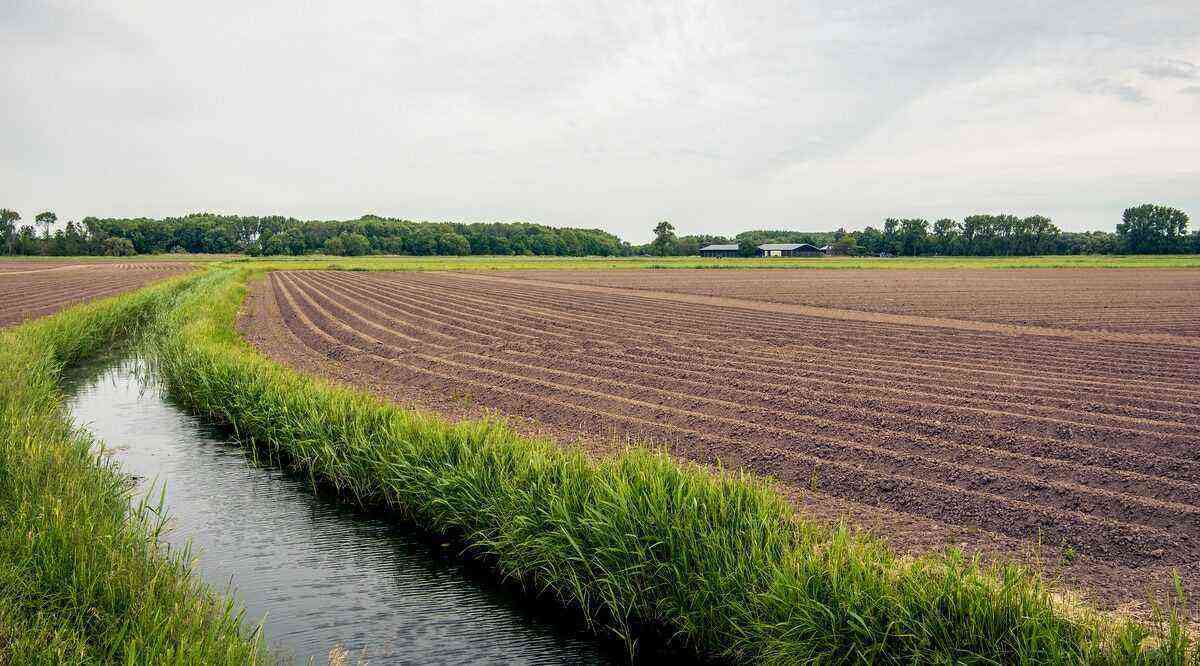Family farming is one of the most important sectors of the Brazilian economy, boosting the country in the world rankings. However, the area faces challenges like any other.
In this article, we will list some of the challenges of family farming in Brazil and the ways that farmers use to get rid of each problem.
Follow our page for more relevant content about the world of agribusiness.
The importance of family farming in Brazil
It is undeniable that family agriculture plays an extremely important role in the Brazilian economy. According to data released by the federal government, the sector had revenues of 55,2 billion dollars in 2019. This shows that, even without industrialized production, Brazil would still be in the Top 10 of the world agribusiness.
Furthermore, the family agriculture it is present in about 85% of the national properties, most of which are concentrated in the Northeast region. And, according to the 2017 Census, more than 10 million people worked in family farming that year, accounting for 23% of the value of total Brazilian production.
The rise of family farming was facilitated by law 11.326/2006, which established the guidelines for the creation of the National Policy on Family Farming and Rural Family Enterprises (PNAE). Since then, organizations that want to analyze the impacts of family farming have a more solid base on what does and does not fit into the category. In this way, the studies were able to grow and establish themselves.
Family farming is a predominant sector in Brazil
Family farming in the Brazilian economy
According to the 2006 IBGE Census, the family agriculture is responsible for most of the food production in the country:
– 60% of the milk;
– 87% of cassava;
– 21% of wheat;
– 38% of coffee;
– 34% of rice;
– 46% of corn;
– 70% of beans.
The percentages are approximate and represent the scenario of the last Census that paid attention to family farming as a whole.
Despite this, the sector still faces many challenges. Some, due to nature with its periods of excessive rainfall and prolonged droughts; others, due to lack of appreciation and instabilities of the national and global market. We will, here, stick to the problems caused by man, since nature’s problems can often only be accepted.
The impact of rural migration on family farming
The rural exodus movement, which began in the last century, greatly reduced the rural population. It is estimated that rural-urban migration caused more than 2 million people to leave the countryside between 2000 and 2010.
This is not a new issue, but scholars on the subject understand that it is a problem that remains contemporary, as it continues to affect our economy and our ways of life. The intensification of this migratory process is particularly worrying for the family agriculture.
Since family farming is based on a common value of “family”, while family labor is needed and encouraged, family members as a rule want the best for the whole.
This means that when the young person leaves the family property to study or work in the city, the family suffers the loss (both intimate and labor), in the same way that it encourages this behavior.
After all, if the best professional and academic opportunities are in big cities, who can oppose this migration? There are countless studies on rural migration, its elements, causes and consequences. However, the fact of the rapid loss of young manpower is relevant here.
We are thus at the old crossroads: how to make the benefits of cities go to the countryside, without turning it into cities?
A major countermeasure to this problem is the establishment of Agronomy courses in universities further away from the capitals.
On the border between Rio Grande do Sul and Uruguay, Unipampa is a network that stands out for its attention to education related to agriculture and livestock. Thus, young people can develop and study without necessarily leaving their hometowns.
The same occurs with UFV, which has the best Agronomy course in the country in the interior of Minas Gerais.
Family farming, modernization and innovation
Also according to the 2006 IBGE Agricultural Census, almost 85% of Brazilian rural establishments are family-owned, occupying 74,4% of the workforce available in the countryside in inland cities. However, these family properties occupy only 24,3% of the rural area of the entire country.
The gap between production and space is remarkable. This often creates a problem on the scale of production: demand starts to outstrip supply, as planting space is limited.
Nevertheless, it is wrong and outdated to think that the family farmer it is driven solely by the desire for subsistence. Like all people in the capitalist world, those who work in family farming also want profit.
Family farming land spaces are always very well used
For this, it is important to use the benefits of family agriculture in your favor. Modernization comes through newer generation machines and innovative ideas that work within smaller properties. Study, as already mentioned, is essential not only for the technical training it provides, but also because it opens the mind to new possibilities.
And this process doesn’t have to be too difficult. Modernization is accepting that a new tractor may be necessary to optimize the harvest. Innovation is making a sustainable irrigation scheme, which saves water and financial resources. Modernizing yourself can be finding a new way to manage your business. Innovating can be researching new ways of farming, better care for different cattle breeds or learning about smart farms.
Agricultural technology reinvents itself every day, and there are thousands of possible applications even for small properties.
Efficient management of family farming
In addition to technological modernization, it is more important than ever to keep an eye on business management. THE family agriculture it also needs careful planning and strategic thinking.
Financial planning, of course, is essential. This control of inputs and outputs is essential for the financial well-being of any company. With family farming, it is no different. Despite this, it is an uncommon practice among smaller rural producers, which can generate strain on the family economy.
Through monthly and annual financial planning, you can get a bigger picture of what’s working best. Which foods generate more income, which product is in greater demand and which are the main buyers of each meat, milk and grain.
All of this information can be merged into a digital finance management platform, for example. Or, if that’s not possible, you can resort to paper notes. In any case, it is extremely important to have an organized and efficient financial system.
Want to find ads for food produced by family farming? Visit our website and stay tuned for publications from the digital magazine MF Magazine for authoritative content in the field.

